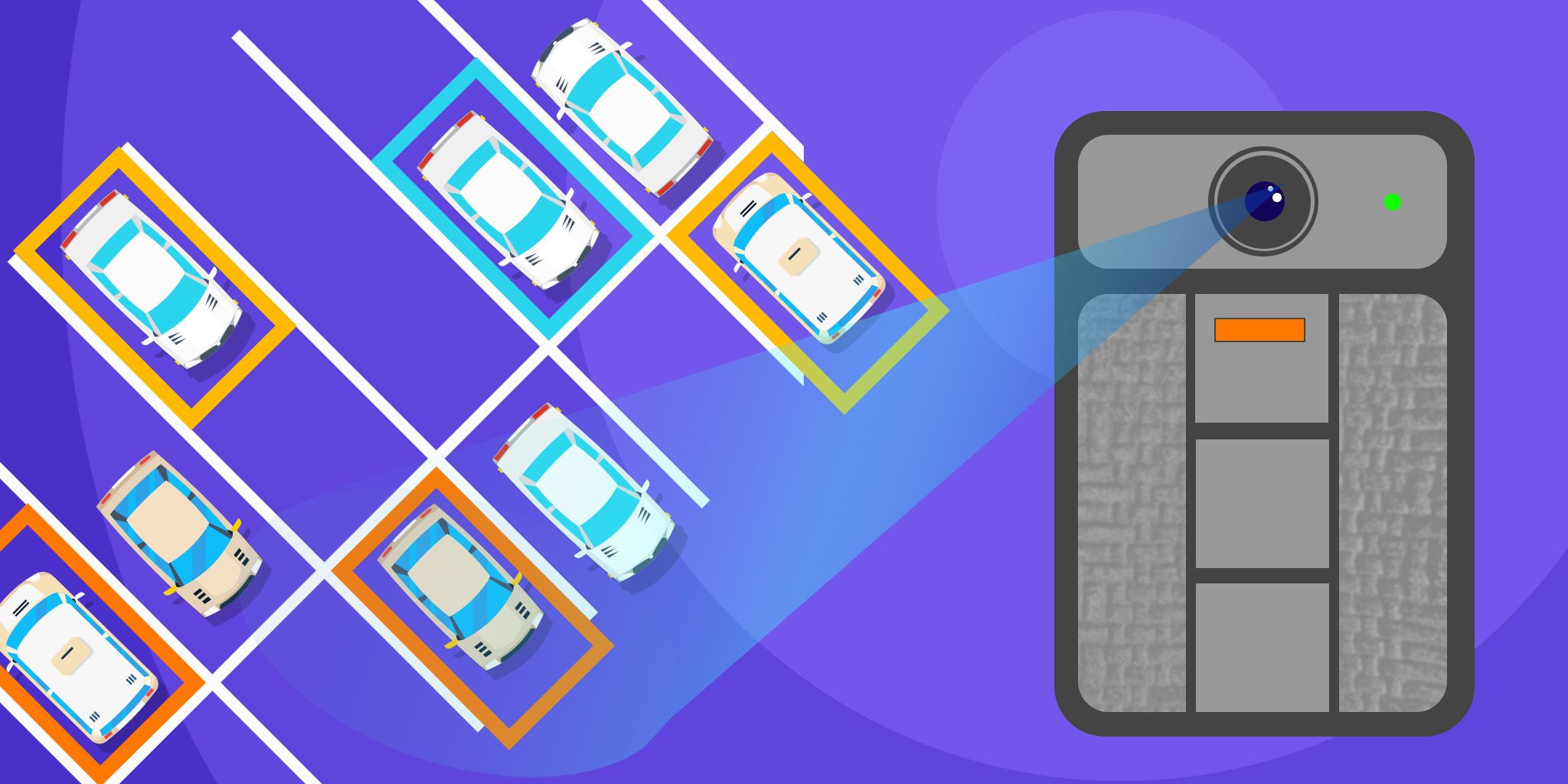The Landscape of Conversational AI at VOICE & AI 2023
The Landscape of Conversational AI at VOICE & AI 2023
- Last Updated: March 25, 2025
Nikolai Schiller
- Last Updated: March 25, 2025



I attended VOICE & AI 2023 in Washington, D.C. this September, where I got to speak directly with leading companies in the conversational and generative AI space including PolyAI, Cognigy, Replicant, PlayHT, Kore.ai, Omilia, and Kahun.
The event had about a thousand attendees, elaborate booths, live music, and an assortment of expert speakers from companies such as Accenture, AWS, OpenAI, and GitHub. You can watch our video coverage here.
The Market for Conversational AI
Conversational AI refers to AI systems that humans can have prolonged interactions with through text and voice. The emergence of large language models (LLMs) such as GPT-4 has brought conversational AI to the next level, creating human-like interactions.
It should be unsurprising then that one of the biggest industries for conversational AI is customer service and contact centers. Other industries that were frequently mentioned as benefiting from conversational AI include travel and hospitality, retail, financial services, healthcare, insurance, airlines, utilities, government agencies, and even podcasting and marketing.
Differentiation
With so many conversational AI platforms, I asked Voice & AI attendees how companies should differentiate themselves. Based on the responses I got, it seems there are a few key areas where companies try to stand out.
- Flexibility: How capable is a conversational AI solution of integrating into different digital environments and ecosystems that customers may have?
- Enterprise-readiness: How prepared is a solution to meet the needs of enterprises, particularly when it comes to scale?
- Third-party integrations: A platform can provide a toolbox of sorts, consolidating different functionalities and services from third parties that augment the AI models to meet the exact needs of a given customer.
- Human-like quality: How indistinguishable from a human is your AI? This is certainly the differentiator with the most virality. PlayHT has made AI voices indistinguishable from humans and has managed to nab customers like DoorDash, Salesforce, and Hyundai.
- Pre-made use cases: A platform can offer multiple AI models pre-configured for specific industries, expediting the time to deployment. So, a model for banking, a model for retail, etc.
- User experience: It’s easy to get overly engrossed in the technology and forget about the user who is interacting with your AI. Building a delightful user experience can be the difference-maker in achieving popular demand for your specific implementation.
Biggest Challenges in Conversational AI
There’s no shortage of challenges in the conversational AI space. Here are just a few that I gleaned from the companies I spoke to:
- High standards: Since conversational AI is customer-facing, businesses deploying it have very high standards (and expectations) for the technology. Demonstrating the reliability and quality of your solution is key.
- Internal coordination: Building the right team internally with the right expertise to be able to integrate and operate a new tool and getting internal buy-in to even build that team can be a challenge for customers and will need to be anticipated by any company looking to sell their AI solution.
- Clear vision: AI isn’t magical. Knowing precisely what your customers need and what you want to empower them to be able to do is important because the AI is not going to work perfectly for them right away.
- Trust: Gaining trust is one of the biggest challenges for AI, especially in certain industries like healthcare. Demonstrating accuracy, consistency, and adaptability to novel situations will go a long way in growing confidence in the technology.
The Future of Conversational AI
One thing is clear from this event and what the companies I spoke to had to say: conversational AI will fundamentally change how we interact with technology. The ability to use natural language to communicate a goal to an automated system will raise expectations for customer service.
Systems that still rely on “hunting for keywords” won’t cut it. Additionally, the wide-scale preference for natural language due to the frictionless user experience will lead to a ubiquity of the technology, ushering in a new era of automation.
The Most Comprehensive IoT Newsletter for Enterprises
Showcasing the highest-quality content, resources, news, and insights from the world of the Internet of Things. Subscribe to remain informed and up-to-date.
New Podcast Episode

IoT and AI in 2026
Related Articles





